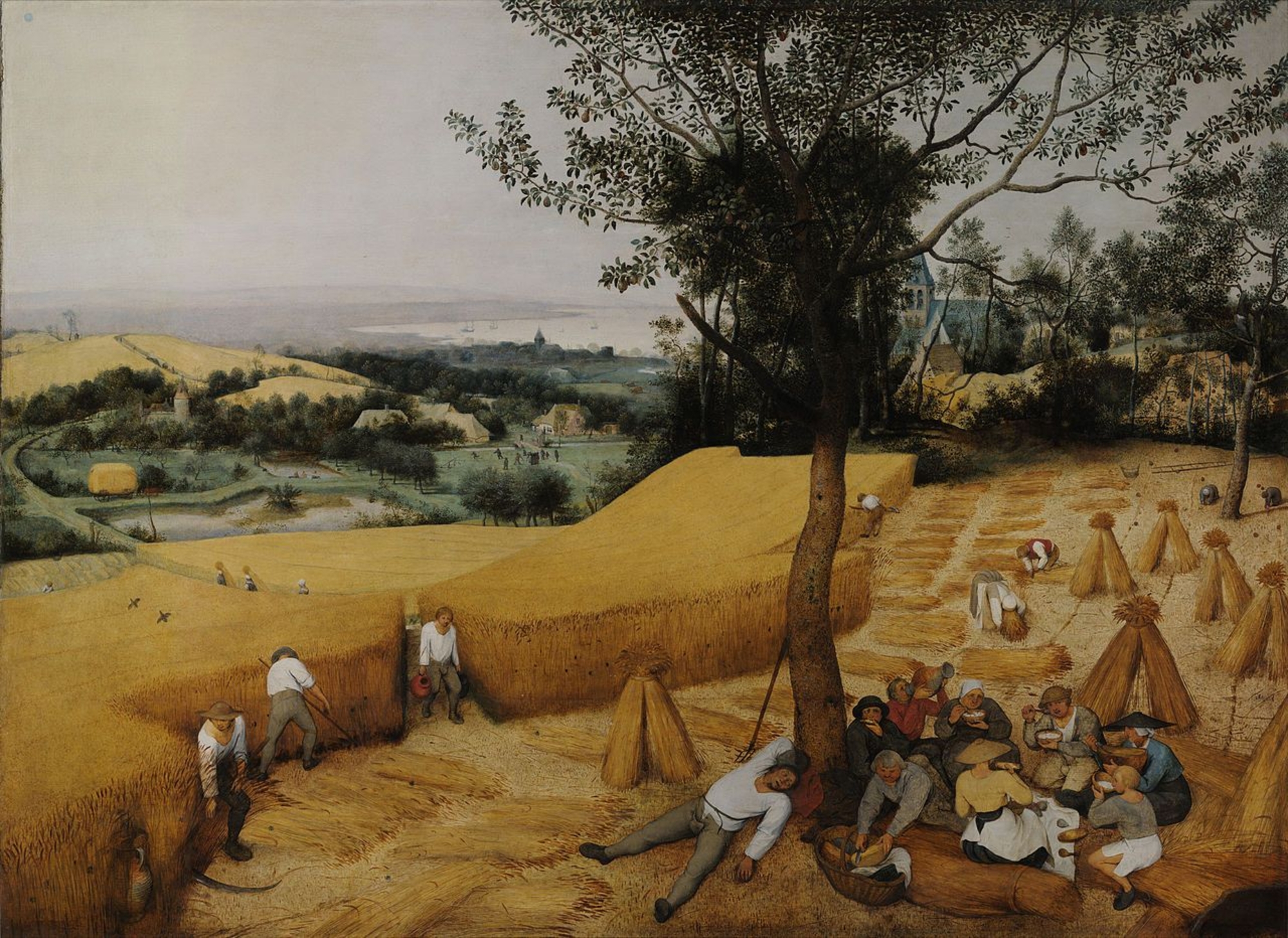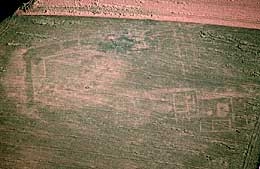- Home
- Discoveries
- Gallic and Gallo-Roman sanctuaries
- The sanctuary at Ribemont-sur-Ancre (Somme)
Wintertime view of the full site at Ribemont-sur-Ancre (Somme).
Wintertime view of the full site at Ribemont-sur-Ancre (Somme).
History of the site
The very large and important site of Ribemont-sur-Ancre is located in the Ancre River Valley, a small tributary of the Somme about seventeen kilometers east of Amiens. It was found by aerial prospecting in 1963 (Agache, 1964) and published the following year as a large Gallo-Roman villa, because only the upper part of this set of buildings was visible. The many flyovers carried out over thirty years, and the archaeological excavations — first undertaken under the leadership of Alain Ferdière (within the framework of a program set up by Professor Ernest Will), and then of Jean-Louis Cadoux — revealed that the ancient vestiges spread out along a kilometer-long area, in a system of terraces, all the way up to the edges of the present-day village. This vast set of structures was part of an agglomeration that included the baths, a number of auxiliary buildings, a 3,000-seat theater, and a sanctuary on the highest part of the hill. The layout of the sanctuary is quite similar to those in major urban areas.
A research program was set up in 1990 by a team led by Jean-Louis Brunaux. It is excavating the Gallic sanctuary and is reexamining the arrival and installation of Gallo-Roman culture (Brunaux et alii, 1999).
View of the upper part of the sanctuary that can seen in the grain.
The same site being excavated a few years later by the team of J.-L. Brunaux.




